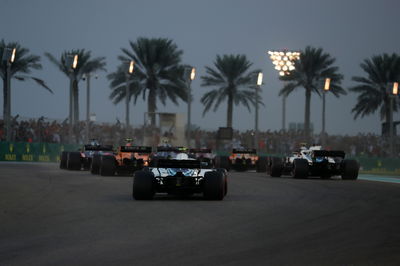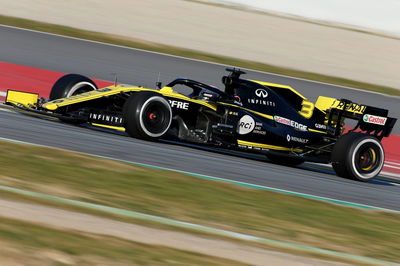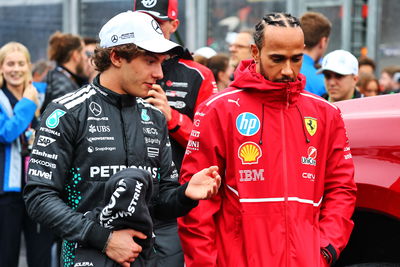Why Williams' trouble points to F1’s wider problem
The 2019 Formula 1 season has not yet started in anger, and Williams is already on the back foot.
Having been forced to cancel a shakedown planned for last weekend, Williams then announced it would be missing the opening day of pre-season testing due to car delays with its 2019 challenger, the FW42.
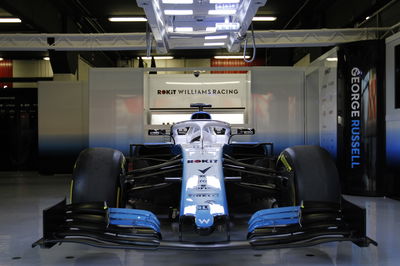
The 2019 Formula 1 season has not yet started in anger, and Williams is already on the back foot.
Having been forced to cancel a shakedown planned for last weekend, Williams then announced it would be missing the opening day of pre-season testing due to car delays with its 2019 challenger, the FW42.
By lunchtime on Monday, Williams had shared more bad news: it would also be absent from day two, and was unlikely to hit the track in Barcelona until at least Wednesday.
“It is looking more likely than not that we will now not be in a position to run on track until Wednesday at the earliest,” deputy team principal Claire Williams said in a statement.
“This is obviously extremely disappointing, but it is unfortunately the situation we are in. We will be getting the FW42 on track as soon as we are able.”
For a team coming off the back of its worst season in F1, it was not the start it had been hoping for.
Work continues at the British squad’s Grove headquarters as team members scramble to get its new car ready in time, now with the hope of finishing the build by late Tuesday, prior to flying its 2019 machine car out to Spain in time to take part in the third day of running on Wednesday.
With two days and 25 percent of running already lost during testing - which takes place across two four-day tests at the Circuit de Catalunya-Barcelona - Williams is staring down the barrel of the bleak and very real possibility of not getting in any meaningful running until the final day of the first test.
Having slumped to the bottom of the pile in 2018, the once great team that dominated F1 for much of the 1980s and 1990s is left playing catch up again with positive pre-season talk about a “next-gen Williams” quickly fading into murmurings of a crisis.
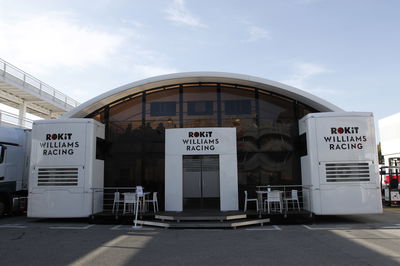
Williams has always been regarded as a team with tenacious spirit and more often than not one that has found itself punching above its weight with a never-give-up attitude despite operating on a much smaller budget compared to many of its rivals.
Having fought back from previous tough times in the early 2010s, the Oxfordshire-based outfit enjoyed something of a resurgence at the start of the V6 hybrid era, aided by the all-conquering Mercedes engine that powered its car.
But back-to-back third places in the constructors’ championship turned into two fifths, before a catastrophic design flaw left the team with the least competitive car on the grid last year. That in turn led to a 10th place finish in the standings as its latest fall from grace was accelerated and ultimately culminated in the departures of several key figures from within its technical department, including former head of vehicle performance Rob Smedley.
Such peaks and troughs in performance are to be expected for a midfield team acting as an underdog, and naturally the pecking order will fluctuate - particularly through regulation changes. But being forced to skip winter testing suggests the severity of the plight Williams now finds itself in.
Not since 2016, when the then financially stricken Sauber squad ran a one year old-spec car during the first test, has a team endured such a difficult start to a new campaign. Back in 2012, struggling backmarkers Marussia and HRT missed pre-season altogether - with both teams eventually forced into F1 oblivion.
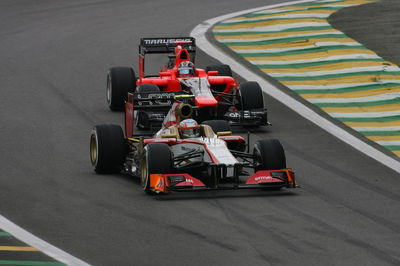
Just when Williams needed galvanising, it has found itself looking for answers from within at how it has found itself in such a concerning situation. The delays have fuelled paddock speculation about the future of sole-remaining technical chief Paddy Lowe - who was prised from reigning world champions Mercedes in 2017 - amid fears that Williams 2019 car could be even further off the pace than last season.
Williams herself said at its launch event that she was desperate for the team to avoid a “repeat of last year” and admitted to feeling the pressure at a “nerve-wracking time”.
The situation has been complicated by the introduction of revised aerodynamic regulations for the upcoming campaign in a bid to improve the show, with F1 designers and teams being given extra work over the winter (not to mention additional costs) at short notice to adhere to a set of new rules.
Williams’ midfield rivals and fellow strugglers McLaren, another champion outfit looking to stop its recent spell of uncompetitiveness, expressed sympathy towards the team during the first day of running at the Spanish Grand Prix venue.
“I feel bad for Williams, who are a great team,” said McLaren CEO Zak Brown when asked about Williams’ issues.
“No one wants to see anyone struggle like that. We want to beat each other on the race track. We want to see everyone get there and it is understandable how it happens.
“It is a year to build these cars - to get it wrong by a couple days is a small mistake but with big consequences. They will get it together, they are a good race team, so they will be here soon.”
Williams’ struggles have highlighted an issue F1 is hopeful of addressing, though there is no silver bullet for the short-term. The FIA and FOM, along with teams, are in the midst of negotiations about what the future of the sport should look like, with plans to implement new regulations for 2021 aimed at bringing the field closer together.
This is trying to be achieved through the combination of on-track changes and by resolving off-track matters, such as the long-standing debate over the distribution of prize money. F1 is planning to introduce a budget cap and is working to find solutions that will more evenly distribute funds between teams - not only enabling them to simply make up the numbers, but to also have a fair shot of success.
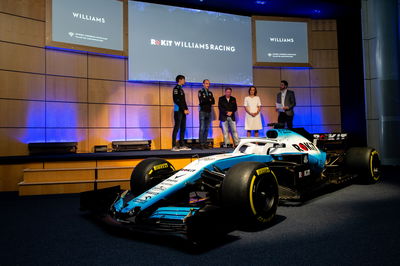
It is hoped such changes will ultimately help attract new manufacturers into the sport, but before expansion of the grid can be possible, F1 must first-look after the teams it currently has. It was already fired a warning shot last year during Force India’s financial problems - a sign that even well-operated teams can come into strife in its unrelenting world. A subsequent administration followed before it was rescued by a consortium led by Canadian businessman Lawrence Stroll, who just so happened to pull his backing from Williams in the process.
If that wasn’t enough of a blow, Williams lost financial support from SMP Racing (Russian driver Sergey Sirotkin’s personal backers), while its multi-year title partner deal with Martini also ended. In such difficult and uncertain times when additional funding is hard to come by for the even the biggest F1 teams - let alone those towards the back of the grid - Williams has turned to emerging US telecommunications company ROKiT for a sponsorship boost.
Following the recent revivals of the renamed Alfa Romeo Racing and Racing Point squads and improvements seemingly being made by the majority of the midfield pack, Williams is fast facing the prospect of being left behind as the modern-day F1 strugglers.
Add into the equation a new driver line-up consisting of the returning Robert Kubica - who has not competed in grand prix racing since 2010 but brings with him much-needed financial backing - and rookie George Russell, and the task facing Williams appears great.
There are no doubts that some of the wounds are self-inflicted - with nine out of the ten teams managing to get on top of F1's latest regulation changes fine - but Williams’ predicament highlights just how tough the current environment is.
While it is too early to completely write off Williams’ chances before it has even turned a wheel in 2019, it has already fallen at the first hurdle and the signs are worrying.
Unless something changes fast, Williams could be on for another testing season making up the numbers at the back of the grid.
